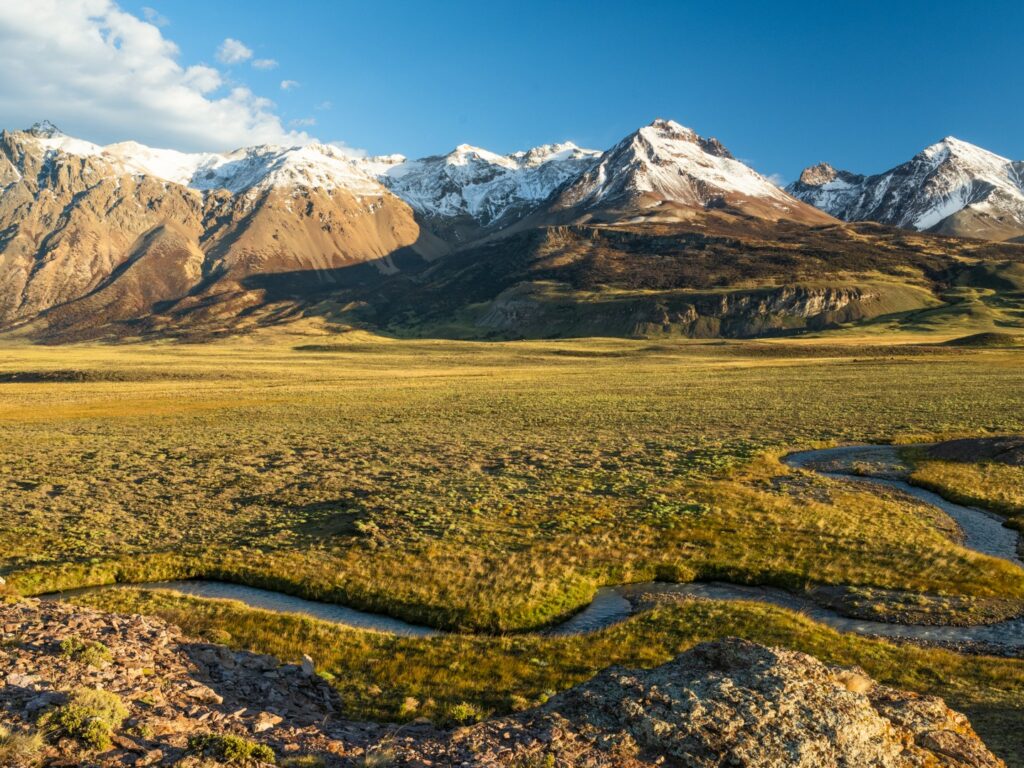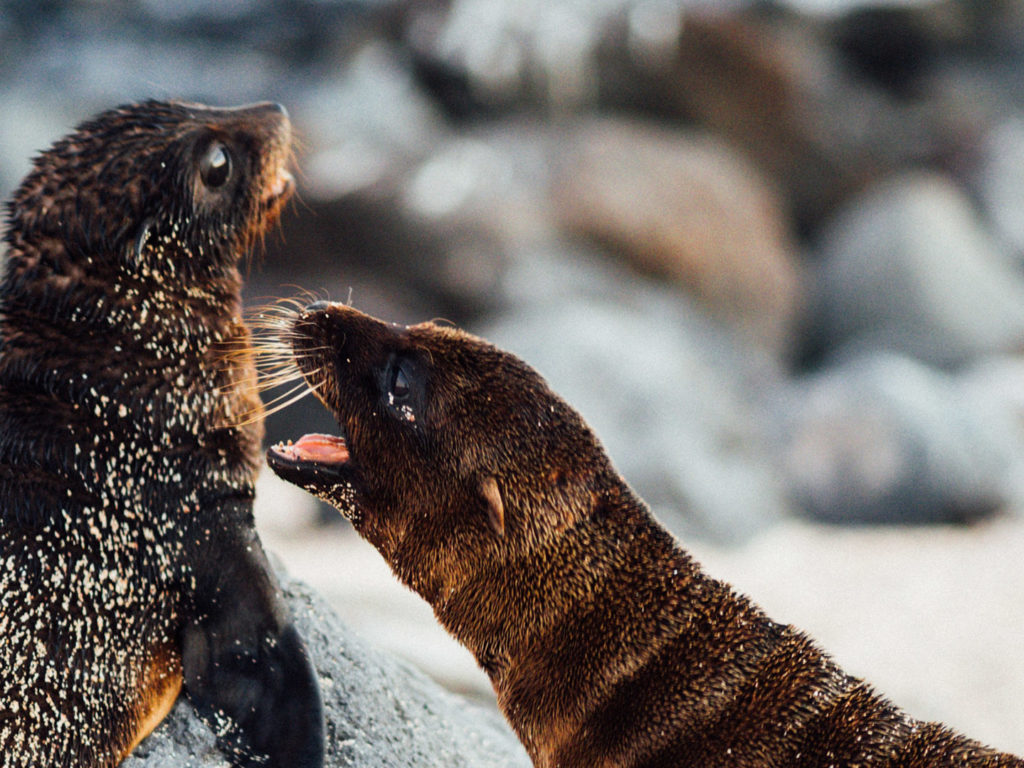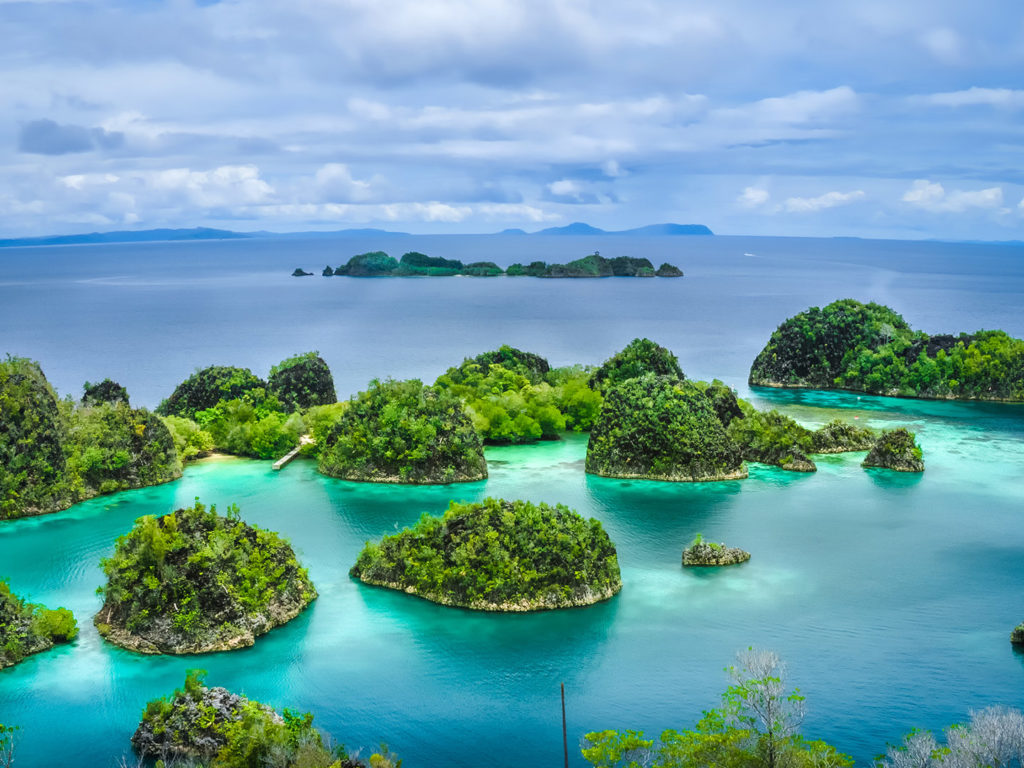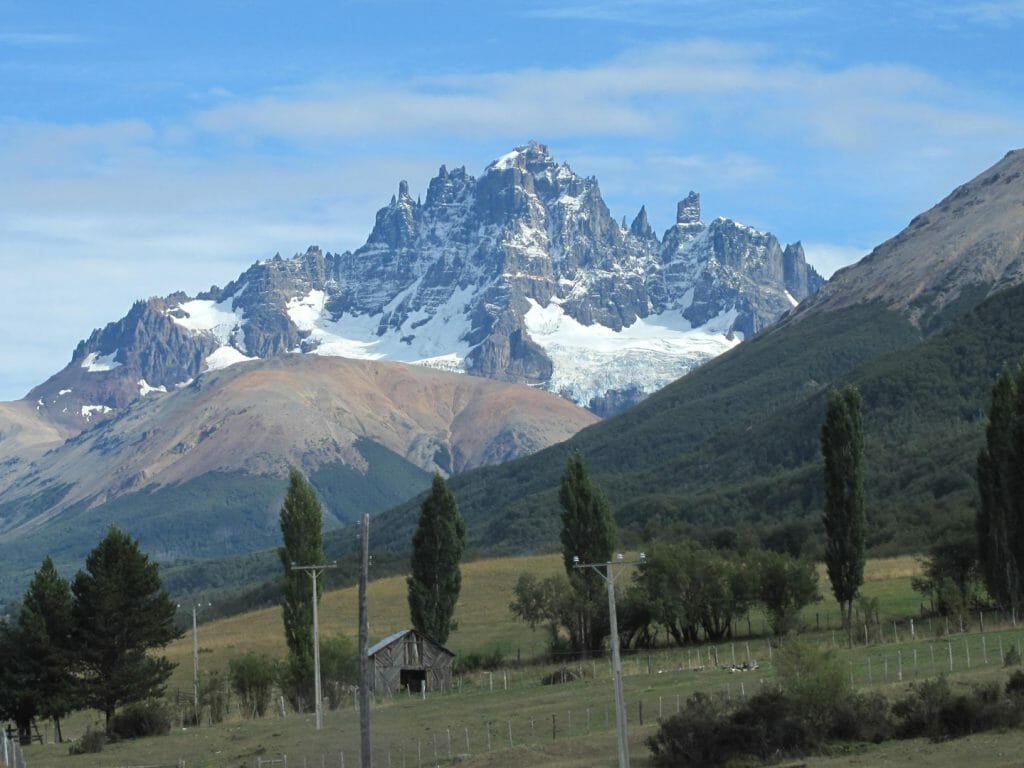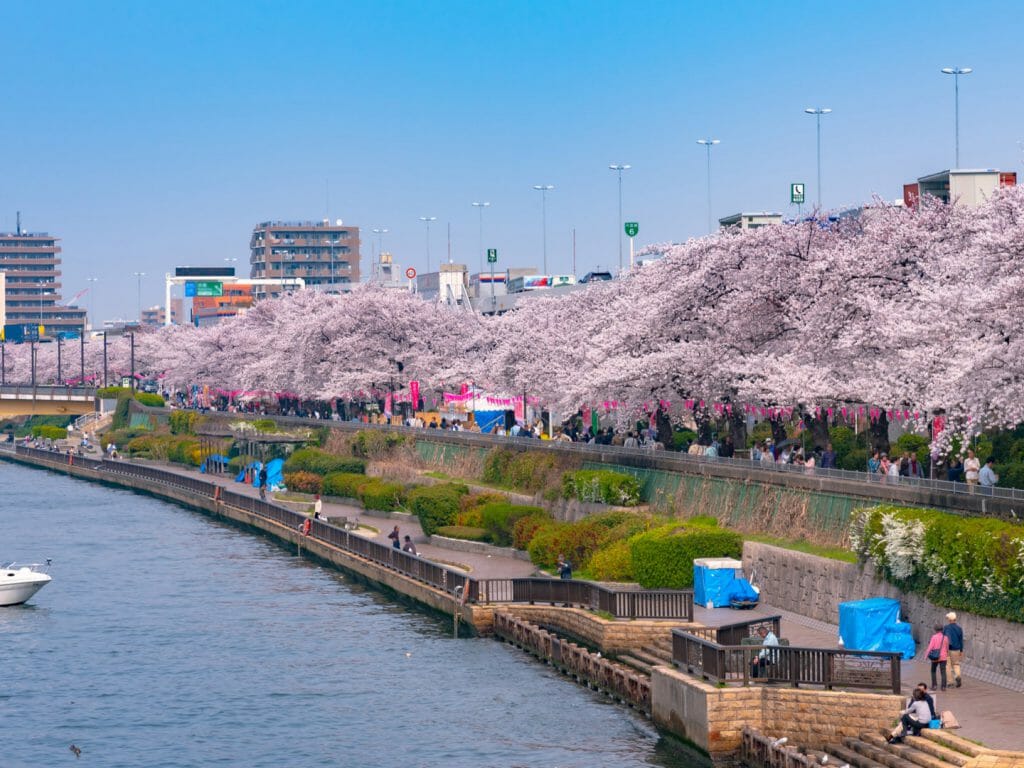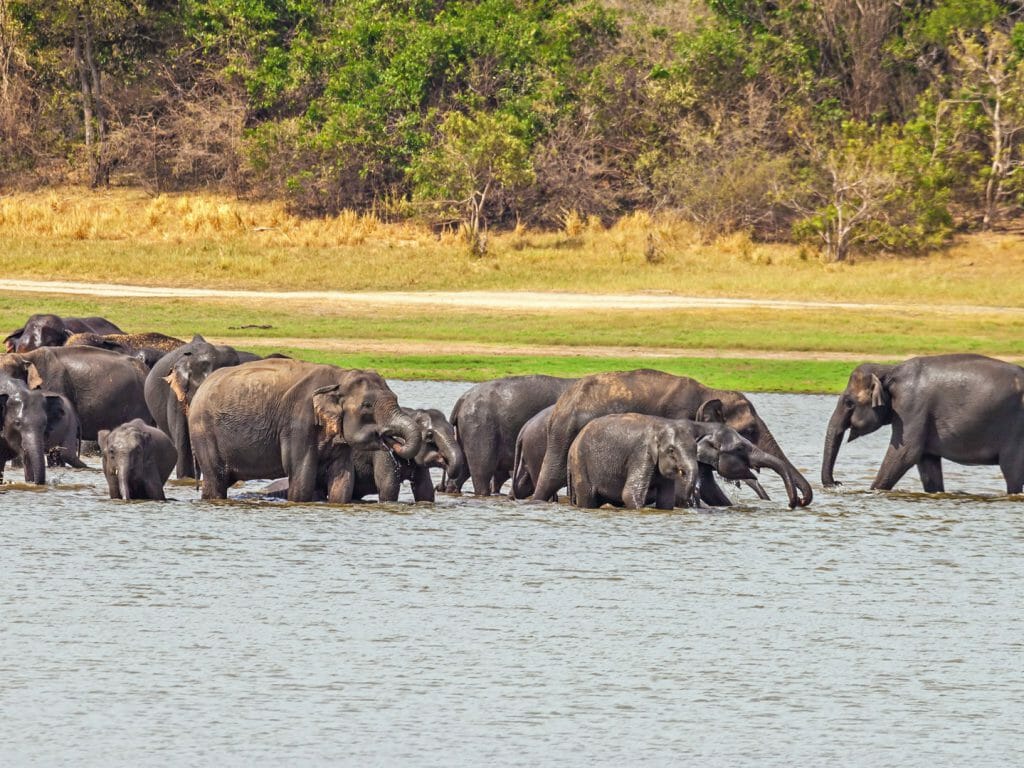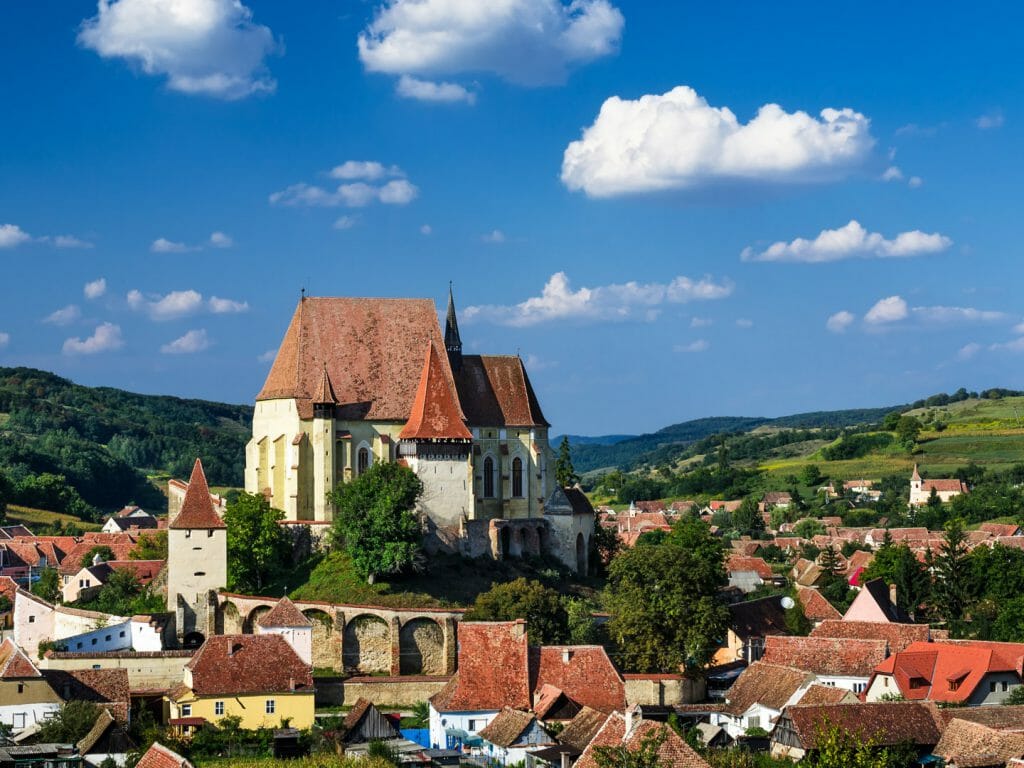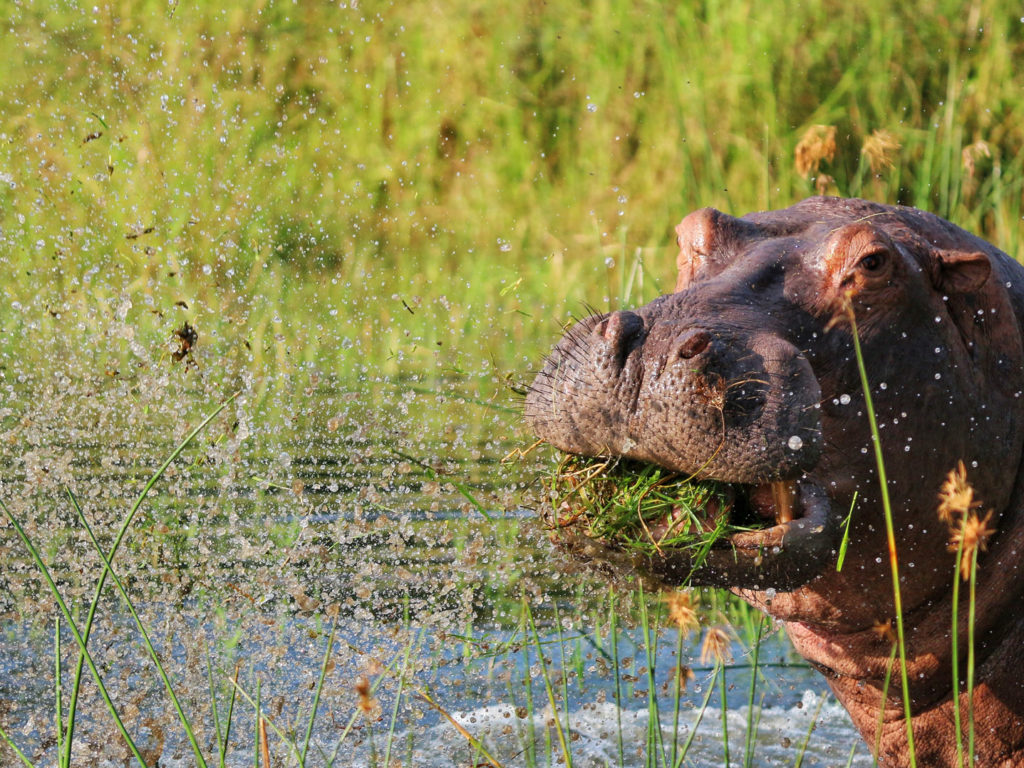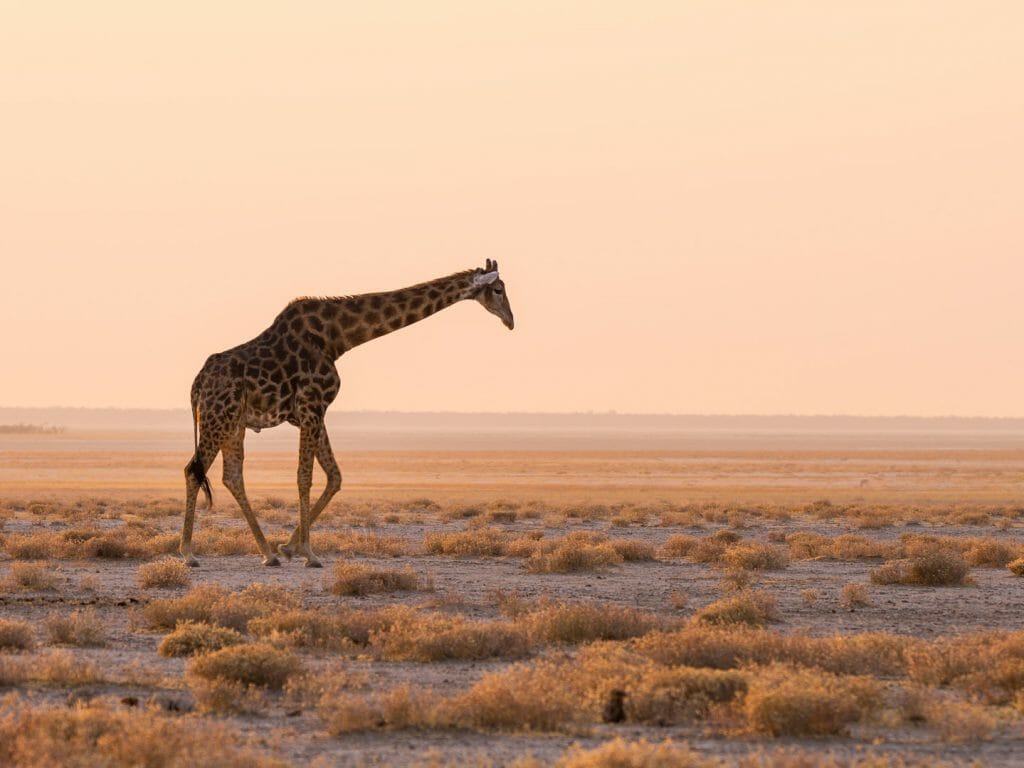‘Best Self-Published Feature of the Year Award’ at the LATA Media Awards 2019
“You will know if a puma is near. Your horse will tell you”, Negra calmly discloses as we navigate through a Sub-Antarctic Andean-Patagonian forest of crooked, whitish-grey tree trunks. These forests, which originated over 45-million-years ago on the supercontinent of Gondwana, are amongst the southern-most in the world. Negra is my guide, tasked with translating the quiet and infrequent utterances of Hernando, the gaucho native to Chilean Patagonia, who is leading our horseback quest to reach the 1,332-metre summit of Mount Donoso.
Nomadic horsemen, celebrated for their wildness of spirit and heralded as custodians of the land, the gauchos cut a magnificent figure against the precipitous backdrop of Chilean Patagonia. Steadfast, capable of withstanding the notorious elements and claiming thousands of miles of earth as their home, they are the human embodiment of the very mountains amongst which they have forged their livelihoods. Hernando is a contemporary gaucho, pairing his traditional soot-black merino wool beret with a down jacket. The ominous facón – a heavy-bladed fighting and meat carving knife – that is suspended from his belt is offset by his discreetly pocketed thermos of warm porontas granados, a Chilean bean stew. A slightly less inconspicuous bottle of Cabernet peeks from his saddlebag. These humble delicacies would later be shared amongst our grateful trio while our horses rested on the banks of the Serrano River.
Three folks and three steeds, we are a party of miniscule figures cutting an inconsequential track through this gargantuan and spectacular scene. I am riding Ajiaco, a formidable and sure-footed mahogany bay gelding, who tugs petulantly at the reins in eagerness to escape from the tangled, root-strewn forest. As the woodland thickets begin to diffuse, revealing the exposed expanse of the grassy pampas beyond, no translation is required for Hernando’s next proposition, “¿Gallope?”
As we move in an unfettered band at breakneck speed across the gale-battered prairies and wildflower-covered grasslands, the dull leaden-blue of the Paine Massif is the one staggering constant on the blustery horizon. The glacial Patagonian winds whistle past, drowning out all but the heavy thundering of a dozen galloping hooves and the rhythmic squeak of our Chilean leather and sheepskin saddles. Overhead, three-metre-wingspan Andean condors glide in search of puma-kill guanaco and the perpetual battle between piercing blue skies and incoming blockades of dense sombre thunderclouds ensues.
Just 24 hours earlier I had been trotting over the scorched red earth of the Atacama Desert, its tint a similar shade to that of the light chestnut mare named Constantina who I was riding. The altitude is high, the sun higher. Our short, nomadic shadows create transient pockets of shade over the thirsty rocks below, a fleeting and rare luxury of which there are no beneficiaries – the few cacti, succulents and algae that prosper in this region do so without want of protection from either the glaring sun or the sub-zero night-time climes. As a native Atacamanean matter-of-factly tells me, this extensive altiplanic region, “is more like Mars than Earth”.
The vastness of these hostile desert flats is staggering – but for the pastel-coloured, volcanic projections that punctuate the horizon, the landscape seems otherwise boundless and totally void of life. Yet, as we slowly navigate the dry riverbed under the watchful eye of the active Licancabur stratovolcano and sunset turns the landscape in to a concoction of milky pinks and blues, I observe a trio of dazzling green mountain parakeets flitting between the rock faces of the ravines. Moments later, a reckless viscacha weaves amongst the steep, baking rocks. Against the odds, fauna thrives in this deceptively uninhabitable territory.
I had journeyed from the world’s driest non‑polar landscape, the arid and otherworldly Atacama Desert, to Patagonia, where the colossal granite spires of the Andes puncture the hovering fog, flanked by miles of verdant pampas. In traversing the length of Chile from its north‑eastern boundary to the southernmost tip of South America, descending a total of 4,000 metres in elevation, I had witnessed first-hand the major climatic and visual variety for which the country is renowned.
Despite their wildly different climates and proportionately opposing panoramas, these two regions do possess one unifying quality – both are host to unique properties that I was encouraged to call ‘home’ during my time in each remote wilderness. Purposely positioned in the wild peripheries of this extensive filament of a country, Explora Atacama and Explora Patagonia are bases for further explorations of their respective surroundings before they are luxury hotels. Patrons of the Explora properties forego luxurious amenities in favour of gathering around metre-wide maps, cramming their pockets with trail mix and standing in discussion with expert guides, eager to embark on the days’ adventures.
In an episode of pathetic fallacy, during my last night in Patagonia I am awoken by forceful, roaring winds. Owing to the mammoth and mostly vacant nature of the plateau, the unyielding Patagonian gales are infamously capable of extreme speeds of up to 100mph. They serve as a potent reminder of my being at the ‘End of the World’, a colloquialism that well-describes this landmass.
Fortuitously, my adjusting eyes are drawn to the bewildering vista beyond the sweeping window. There, cloaked in nightfall but still piercing through the blur of charcoal sky like some monumental iceberg is the jet-black silhouette of the Paine Massif, its snow-and-ice-capped peaks glowing like beacons, illuminated by the pale moon. I threw open the window, determined to fill my lungs with the same bitter air that had passed through the three pinnacles of the massif just moments before. As oodles of distant stars glint like fireflies, approving of my midnight escapade, I recount Hernando’s earlier testimony: “Nowhere else can you be so alone”. The stars, the mountains and I, I think, are company enough tonight.


